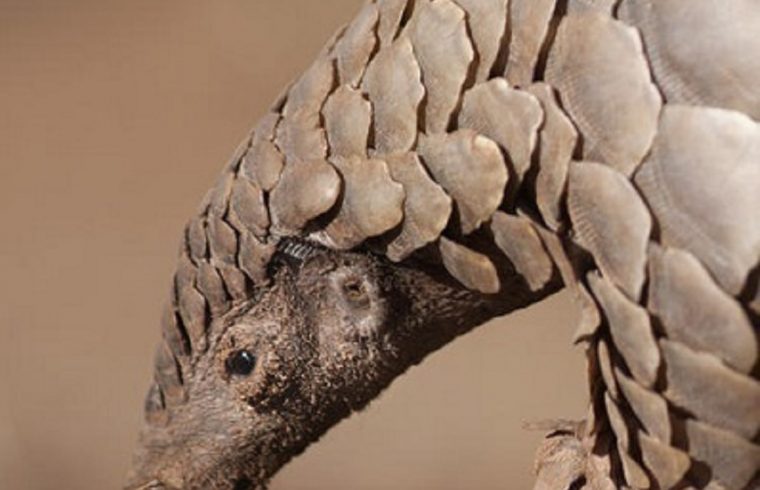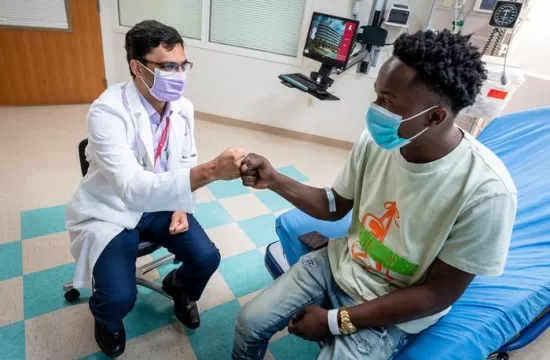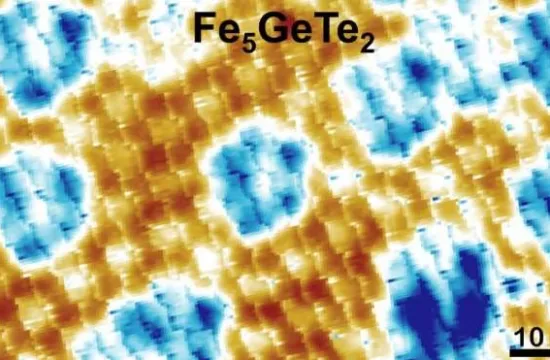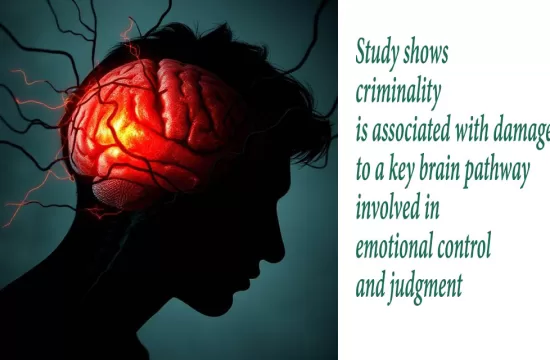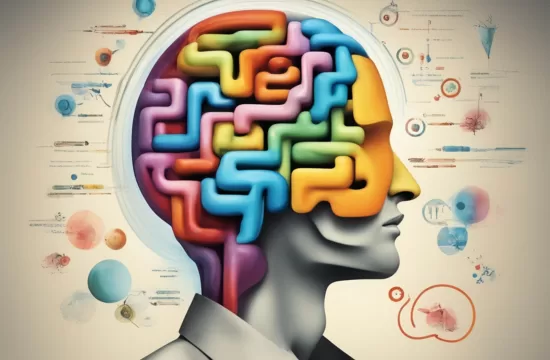Michelle Taylor |
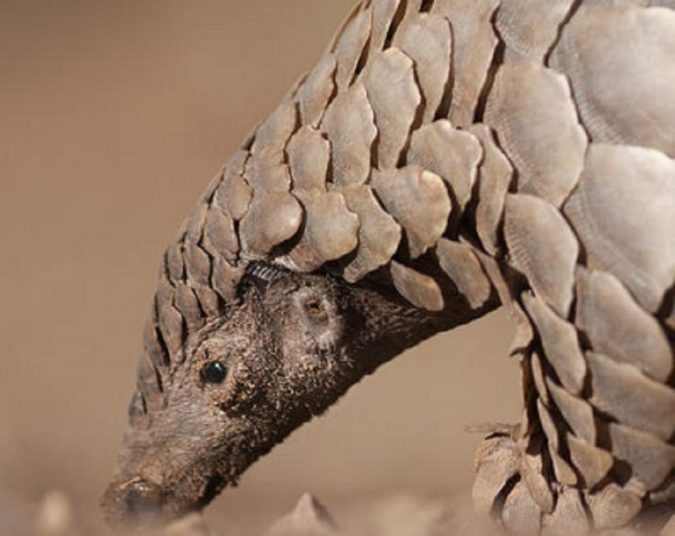
Over a year into one of the deadliest global pandemics in history, and we still can’t confirm its origin. SARS-CoV-2 is widely thought to have evolved from bats, even being linked to the consumption of tainted bat at a market in Wuhan, China—the epicenter of COVID-19.
Now, researchers at Francis Crick Institute suggest there are too many differences between bat coronaviruses and SARS-CoV-2 for the small mammals to be the culprits. Instead, perhaps another species played an intermediate role, or maybe a bat coronavirus merged with another coronavirus to create the deadly SARS-CoV-2 version.
In a new paper in Nature Communications, the scientists dive into the evolutionary path of SARS-CoV-2 by comparing it with both a pangolin coronavirus and a bat coronavirus. Pangolins are the most trafficked mammals in the world, sought after in Asian and African countries for the myth that their scales contain analgesic tramadol used in traditional medicine and folk remedies.
In their research, Antoni Wrobel and Donald Benton compared the structures of the spike proteins found on SARS-CoV-2 with the most similar currently identified bat coronavirus—RaTG13—and a coronavirus isolated from Malayan pangolins, which were seized by authorities after being smuggled into China.
The pangolin proteins showed the strongest binding to human ACE2 receptors, with a 10-fold weaker binding to other pangolin receptors. However, pangolin proteins demonstrated very weak binding to bat ACE2. The same can be said for human SARS-CoV-2 spike protein—preferred and strong binding to human receptors, weaker binding to pangolin receptors, and very weak binding to bat receptors. Conversely, bat coronavirus proteins did not effectively bind with human nor pangolin receptors.
Since the sequence and structure of the receptor-binding domain of Pangolin-CoV is remarkably similar to that of SARS-CoV-2, particularly at the ACE2-binding site, the researchers believe it is capable of infecting humans. Given the opposite is true of bat RaTG13 spike protein for human ACE2, “it seems unlikely that at least this class of presumed precursor bat viruses would infect humans,” the authors conclude.
Still, in terms of understanding the evolutionary path of SARS-CoV-2, this work does not confirm whether or not this pangolin virus is definitely part of the chain of evolution for SARS-CoV-2. But, the results do shed a light and support possible scenarios for how SARS-CoV-2 jumped from bats to humans.
One potential route is that SARS-CoV-2 originated from a different, currently unknown bat coronavirus that also infects pangolins—and then it transferred to humans from there. Alternatively, RaTG13 or a similar bat coronavirus might have merged with another coronavirus in a different intermediate species, a mammal other than a pangolin.
The startling similarity of ACE2 receptors between humans and pangolins lead the researchers to hypothesize that there may be other species with similar ACE2 receptors that can—and will—effectively transfer SARS-CoV-2 to humans. More than that, the study authors say there are likely as-yet-unidentified viruses that harbor receptor-binding domains of similar sequence and properties to SARS-CoV-2.
“A lot is still to be uncovered about the evolution of SARS-CoV-2, but the more we know about its history and which species it passed through, the more we understand about how it works, and how it may continue to evolve,” said Steve Gamblin, co-author of the paper and group leader of the Structural Biology of Disease Processes Laboratory at Francis Crick.
( Republished courtesy from laboratoryequipment)

